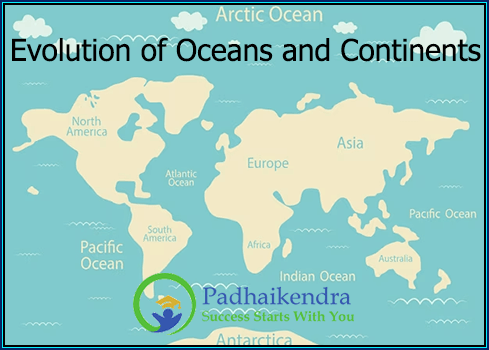The evolution of oceans and continents is a complex and ongoing process that has taken place over billions of years. The following is a brief overview of the key events that have shaped the Earth’s surface over time:
- Formation of the Earth: The Earth was formed around 4.6 billion years ago, through the accretion of dust, gas, and other debris in the early solar system.
- Early differentiation: In the early stages of the Earth’s history, the planet underwent a process of differentiation, where heavier elements sank to the core, while lighter elements rose to the surface.
- Formation of the first continents: The first continents were formed around 3.8 billion years ago through volcanic activity and plate tectonics.
- Development of oceans: Over time, the Earth’s surface cooled and water vapor in the atmosphere condensed to form the first oceans.
- Continental drift: Around 300 million years ago, the continents began to move due to plate tectonics, which is the movement of the Earth’s crustal plates. This movement continues to the present day.
- Formation of supercontinents: The continents have periodically come together to form supercontinents, the most recent of which was Pangaea, which existed around 300 million years ago.
- Sea level changes: Sea levels have risen and fallen throughout history, due to factors such as melting ice sheets, plate tectonics, and changes in ocean currents.
- Human impact: In recent centuries, human activity has had a significant impact on the Earth’s oceans and continents, including ocean pollution, overfishing, deforestation, and urbanization.
Overall, the evolution of oceans and continents is an ongoing process that has been shaped by a complex interplay of geological, atmospheric, and biological factors.





